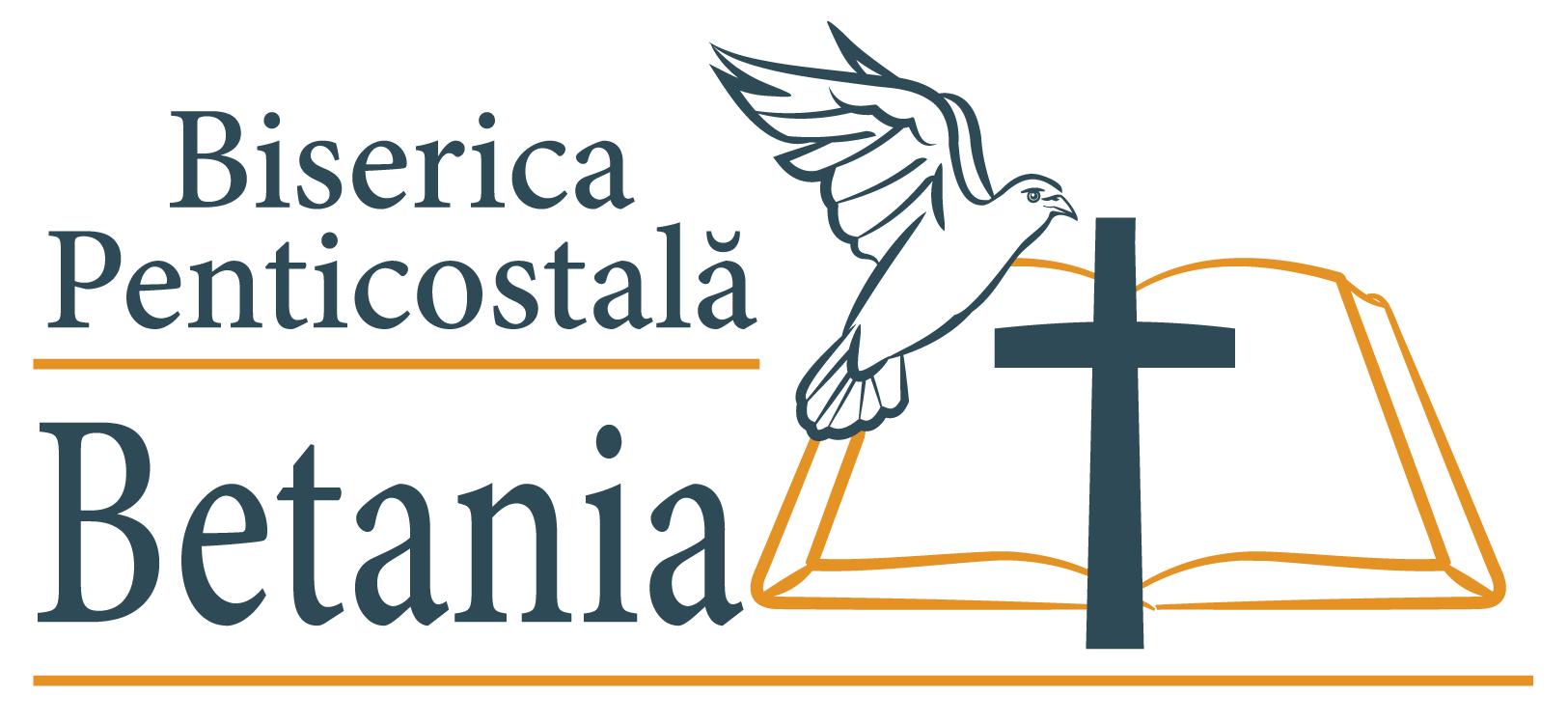11 februarie
11 februarie
Duminică, 11 februarie 2024, Rut 1:1-22 – Naomi și Rut
Rut reprezintă numele unei moabite care s-a căsătorit cu un evreu care locuia în Moab. Regiunea Moabului, la est de Marea Moartă, se întinde din câmpiile nordice până în regiunea de sud la râul Zered.
Rut și Estera sunt singurele două cărți din Biblie care poartă numele unor femei. Carte este scrisă, cel mai probabil, de Samuel. Cartea Rut prezintă în cele patru capitole istoria zbuciumată a familiei lui Elimelec, Naomi, Mahlon și Chilion.
Primul capitol arată călătoria lui Elimelec și a familiei lui. Ei se muta din Betleem (Casa Pâinii) din cauza foametei și se duc în Moab, țara vrăjmașă poporului Israel (Deuteronom 23:3-4). Betleemul era așezat la aproximativ 8 km de Ierusalim. După decesul lui Elimelec, Mahlon și Chilion întemeiază câte o familie, împreună cu două tinere moabite – Orpa și Rut. În mod brusc, cei doi fii se sting din viață.
Auzind vestea bună „că Domnul cercetase pe poporul Său și-i dăduse pâine” (Rut 1:6c), Naomi se hotărăște să se întoarcă acasă. Orpa se întoarce la poporul ei, însă, în mod surprinzător, Rut alege să o urmeze pe Naomi, soacra ei, cu orice preț.
Al doilea capitol o prezintă pe Rut, culegătoarea de spice. Naomi îl identifică pe Boaz ca unul dintre rudele capacitate pentru a răscumpăra și restaura familia lor. În capitolul trei regăsim instrucțiunile Naomei în vederea obținerii răscumpărării de la Boaz, împreună cu dialogul dintre Rut și Boaz.
Ultima secțiune încheie istorisirea cu dialogul lui Boaz cu ruda cea mai apropiată, care nu își asumă unirea prin căsătorie cu Rut, motiv pentru care Boaz preia rolul de răscumpărător. În deznodământ accentul cade pe fiul născut celor doi, respectiv pe genealogia davidică.
Lecția de viață a acestei cărți ne învață că scăparea nu este în zonele prospere, ci la picioarele lui Dumnezeu, Creatorul cel Preaînalt.
Pastor Luigi Mițoi
Sunday, February 11, 2024: Ruth 1:1-22 – Naomi and Ruth
Ruth represents the name of a Moabite woman who married a Jew living in Moab. The region of Moab, east of the Dead Sea, stretches from the northern plains down to the southern region at the Zered River.
Ruth and Esther are the only two books in the Bible named after women. The book is most likely written by Samuel. The Book of Ruth, in its four chapters, presents the tumultuous history of the family of Elimelech, Naomi, Mahlon, and Chilion.
The first chapter depicts the journey of Elimelech and his family. They move from Bethlehem (House of Bread) due to a famine and go to Moab, a land hostile to the people of Israel (Deuteronomy 23:3-4). Bethlehem was located about 8 km from Jerusalem. After the death of Elimelech, Mahlon and Chilion each marry a Moabite woman – Orpah and Ruth. Suddenly, both sons die.
Hearing the good news “that the Lord had visited His people and given them bread” (Ruth 1:6c), Naomi decides to return home. Orpah goes back to her people, but, surprisingly, Ruth chooses to follow Naomi, her mother-in-law, at any cost.
The second chapter introduces Ruth, the gleaner. Naomi identifies Boaz as one of their redeeming relatives capable of restoring their family. In chapter three, we find Naomi's instructions for obtaining redemption from Boaz, along with the dialogue between Ruth and Boaz.
The final section concludes the narrative with Boaz's dialogue with the nearest relative, who declines the union through marriage with Ruth, thus Boaz takes on the role of redeemer. The climax focuses on the son born to them and the Davidic genealogy.
The life lesson of this book teaches us that salvation is not found in prosperous areas, but at the feet of God, the Most High Creator.

